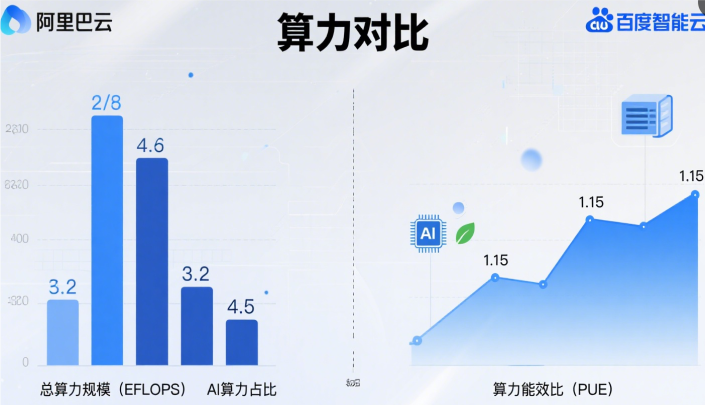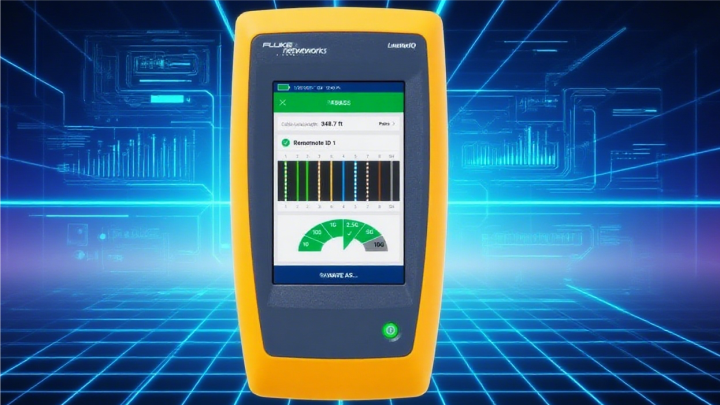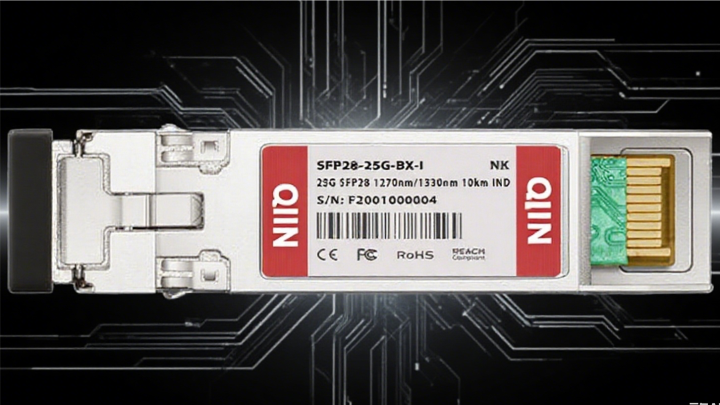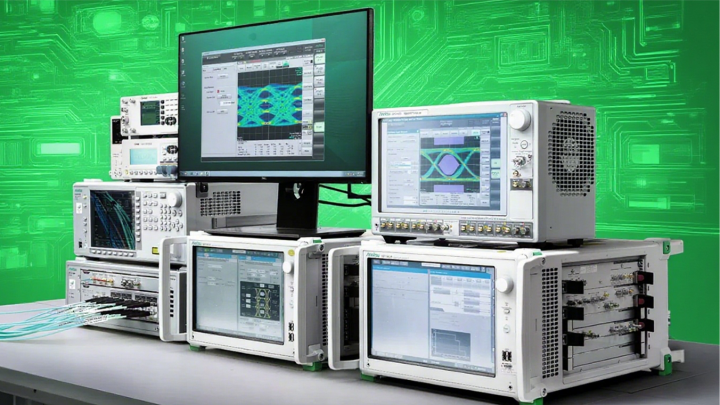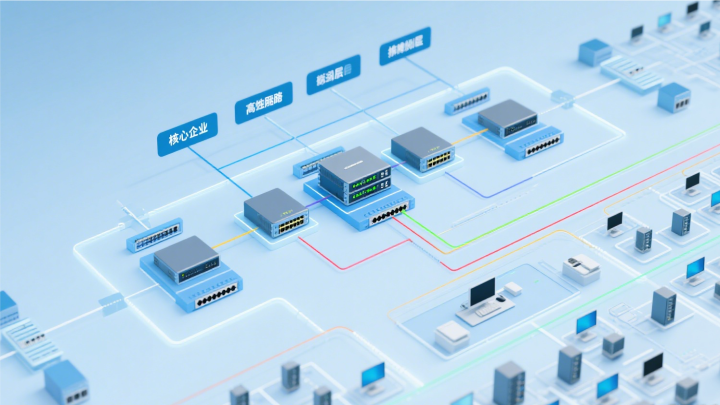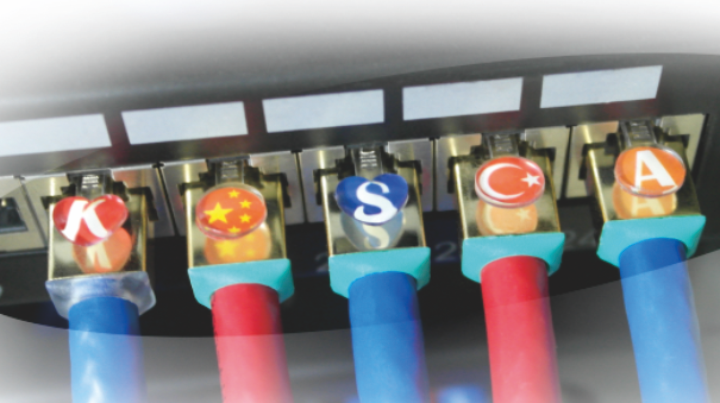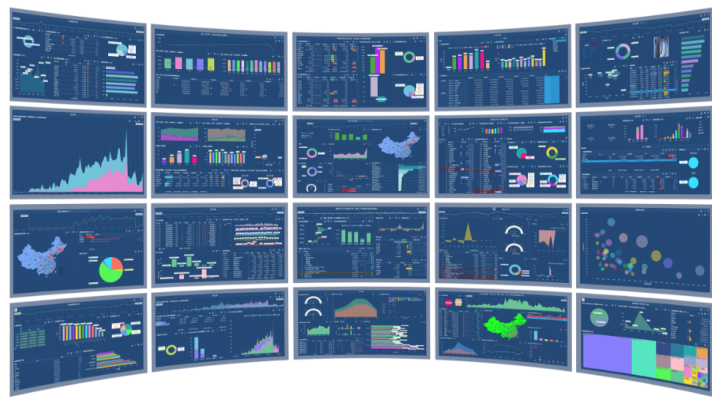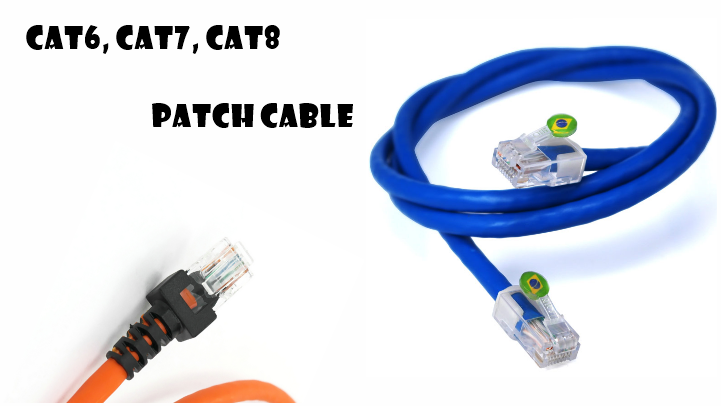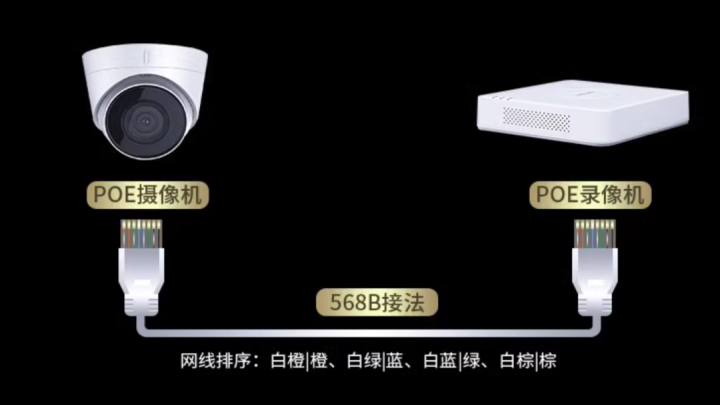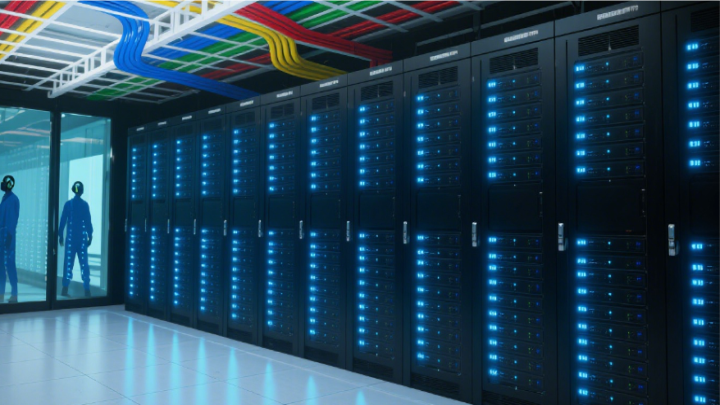fibre-optical
Optical fibers can be divided into a variety of types, each with significant differences in structure, performance and application scenarios. The following is a detailed introduction from the common classification dimensions:
1. Classification according to the refractive index distribution on the cross section of optical fiber
This is classified according to the refractive index variation law of fiber core and cladding, which directly affects the transmission mode of light in the fiber.
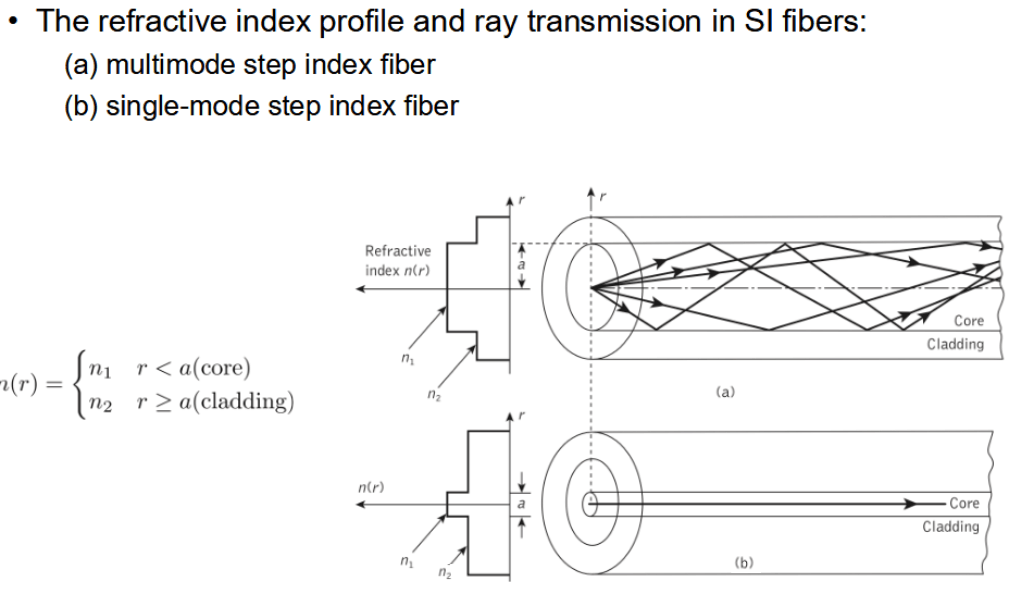
1.1 Step-index fiber (SIF)
**Structural characteristics**: The core refractive index (n₁) and the cladding refractive index (n₂) are fixed values, and n₁>n₂, with a significant "step-like" mutation between them.
**Transmission principle**: The optical signal is fully reflected at the interface between the core layer and the cladding layer, and travels along the folded trajectory.
Subtypes
Step-index refractive index multimode fiber (core diameter is large, generally 50-62.5μm): light is transmitted in multiple modes in it, mode dispersion is serious (the time difference between the light of different modes reaches the end is large), and the transmission distance is short (usually within a few hundred meters)
Step-index single-mode fiber (core diameter is very small, about 8-10μm): only one mode transmission is allowed, and the mode dispersion is almost eliminated, but it needs to be combined with a highly coherent light source (such as laser)
**Application scenario**: The multi-mode type is often used for short distance low speed communication (such as LAN); the single-mode type is the basis of long distance communication.
1.2. Graded-index fiber (GIF)
**Structural characteristics**: The core refractive index decreases radially from the center (parabolic distribution), and the cladding refractive index is fixed and lower than the minimum refractive index of the core.
**Transmission principle**: Light in the core layer undergoes continuous refraction due to changes in refractive index, and the trajectory is sinusoidal (similar to "focus-diverge-refocus").
**Advantages**: The length of optical transmission path is different in different modes, but because the central refractive index is high and the propagation speed is slow, and the edge refractive index is low and the propagation speed is fast, they can finally "synchronize" to reach the end, greatly reducing mode dispersion.
**Application scenario**: Only used for multi-mode optical fiber (core diameter 50-62.5μm), suitable for medium and short distance communication (such as interbuilding connection), transmission rate and distance are better than step multi-mode optical fiber.
2. Classification by number of transmission modes
A "mode" is the path (or distribution of the electromagnetic field) through which light travels in an optical fiber. The number of modes is determined by the core diameter, the difference in refractive index, and the wavelength of the light.
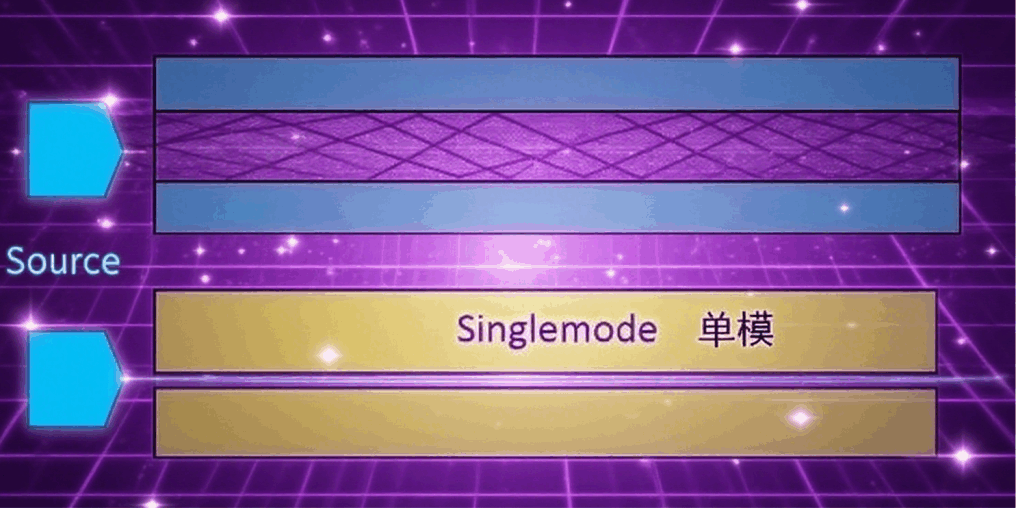
2.1. Multimode Fiber (MMF)
** Core features **: Large core diameter (typically 50μm or 62.5μm) and can transmit hundreds to thousands of modes simultaneously.
** Advantages **: Low requirements for light source (low cost LED can be used), easier coupling of optical signals (large core diameter, low alignment requirements).
** Disadvantages **: The mode dispersion is serious, which limits the transmission rate and distance (for example, the 10Gbps signal transmission distance is usually ≤300 meters)
Subtypes
Step-index multimode fiber (SMIF): Large dispersion, has been gradually eliminated.
Gradient multimode fiber (GMIF): with small dispersion, it is the mainstream type of multimode fiber.
**Application scenarios**: Short distance, medium and low rate communication, such as data center internal connection, campus LAN, monitoring system, etc.
2.2Single-Mode Fiber, SMF
** Core characteristics **: The core diameter is very small (typically 9μm), only one base mode (main mode) is allowed to transmit, and there is no mode dispersion.
**Advantages**: The transmission bandwidth is very large, and the dispersion mainly comes from material dispersion and waveguide dispersion. It can be optimized through design (such as dispersion shift), which is suitable for long-distance and high-speed transmission (for example, 100Gbps signal can be transmitted for dozens of kilometers).
** Disadvantages **: Small core diameter, difficult to couple optical signals (high precision alignment is required), and need to be paired with laser (higher cost than LED).
**Application scenarios**: Long distance communication (such as backbone network, metropolitan area network), high rate scenarios (such as long distance interconnection of data centers, 5G base station backhaul).
3. Classification by working wavelength
When light of different wavelengths is transmitted in an optical fiber, the loss and dispersion characteristics are significantly different, so a specific "working window" is formed.

**Note**: The 850nm window is only used for short-distance transmission of multimode optical fibers due to high loss; 1310nm and 1550nm are the core windows of single-mode optical fibers, among which 1550nm is the first choice for long-distance communication (such as transoceanic optical cables) because of its lowest loss.
4. Classification by plastic structure
The plastic sleeve is the protective structure of the outer layer of optical fiber, which affects the mechanical strength and environmental adaptability.

4.1. Tighten the optical fiber
** Structure **: A hard plastic (such as PVC) is directly wrapped around the fiber (core + cladding), and the plastic layer is tightly attached to the fiber.
** Advantages **: simple structure, good flexibility, can be directly used for connection (no need to peel off the outer layer).
** Disadvantages **: low mechanical strength, weak lateral pressure resistance.
**Application scenario**: Indoor wiring (e.g., patch cords, fiber optic cables).
4.2. Loose fiber optic
** Structure **: The optical fiber is suspended in a circular plastic sleeve, which is filled with waterproof gel, and there is a gap between the optical fiber and the sleeve.
** Advantages **: Strong resistance to side pressure and tensile strength, can buffer external stress (such as temperature change caused by expansion), good waterproof performance.
**Application scenarios**: Outdoor optical cables (e.g., overhead, direct burial, pipeline optical cables), submarine optical cables and other harsh environments.
5. Other special categories
5.1Polarization-Maintaining Fiber, PMF
** Features **: The polarization state (vibration direction) of light is kept stable during transmission through special structures (such as elliptical core and birefringent stress rod), which can be changed by external interference in ordinary optical fibers.
** Applications**: Fiber optic sensing (e.g., gyroscope), coherent optical communication, quantum communication and other scenarios sensitive to polarization state.
5.2Dispersion-Shifted Fiber, DSF
** Features **: By designing the refractive index distribution, the dispersion of 1550nm wavelength (the lowest loss window) is adjusted to zero (the dispersion of ordinary single-mode fiber is zero at 1310nm), realizing the dual advantages of "low loss + zero dispersion".
**Application**: Long distance high rate communication (e.g. 40Gbps and above systems).
5.3Plastic Optical Fiber, POF
** Features **: Both the core layer and the cladding layer are plastic (such as PMMA), the core diameter is very large (more than 1mm), the cost is extremely low, the flexibility is excellent, but the loss is high (decibel attenuation of hundreds of meters is up to several decibels).
**Application**: Short distance low speed connection (such as home appliance internal wiring, car communication), consumer electronics (such as audio wire).
Summary: Core classification comparison table

As evidenced by the above classification, optical fiber design consistently revolves around three core objectives: "reducing loss," "minimizing dispersion," and "enhancing adaptability." Different fiber types cater to diverse application scenarios—— From home local area networks to transoceanic communications, from standard data transmission to precision sensing, the versatility of optical fibers makes them the essential building blocks of modern information infrastructure.
-
fibre-optical
Jul 22, 2025
-
Classified by control technology
Jul 22, 2025
-
Aliyun VS Baidu Cloud
Jul 19, 2025
-
Smart factory network cabling
Jul 19, 2025
-
Full analysis of wiring test tools
Jul 19, 2025
-
Enterprise network cabling
Jul 19, 2025
-
Can you do smart control without the Internet
Jul 19, 2025
-
Principle of whole house intelligent control
Jul 18, 2025
-
Specifications and functions of light modules
Jul 18, 2025
-
Fiber optic engineering
Jul 18, 2025
-
Common classifications and their specific types:
Jul 18, 2025
-
Parking fee system
Jul 14, 2025
-
Video face recognition big data system
Jul 14, 2025
-
Starlink is a low-orbit satellite launched by SpaceX
Jul 14, 2025
-
5G base station project
Jul 14, 2025
-
5G and Starlink overview
Jul 14, 2025
-
Internet Data Center (IDC)
Jul 11, 2025
-
Enterprise LAN solutions
Jul 10, 2025
-
Video transmission theory
Jul 10, 2025
-
Patented technology and marked RJ45 crystal head
Jul 10, 2025
-
Advantages and disadvantages of intelligent control
Nov 30, 2024
-
Video Streaming Data Center
Nov 30, 2024
-
Computer Centre
Nov 30, 2024


